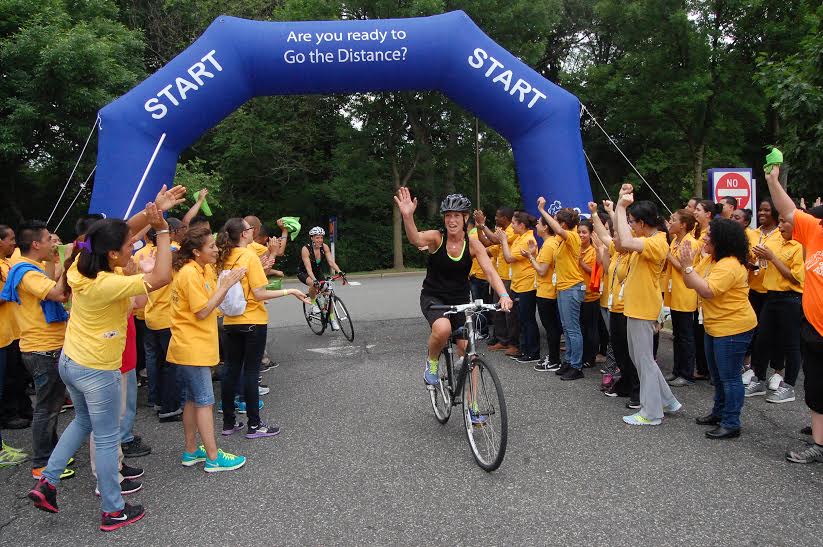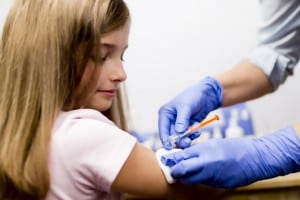
By Ariana Eunjung Cha November 13 at 12:47 PM
The number of autism cases in the United States appeared to jump dramatically in 2014 according to new estimates released Friday, but researchers said that changes in the format of the questionnaire likely affected the numbers.
The report from the Centers for Disease Control and Prevention and National Center for Health Statistics shows that the prevalence of autism in children ages 3 to 17 went up nearly 80 percent from 2011-2013 to 2014. Instead of 1 in 68 children having autism — a number that has alarmed public health officials in recent years and strained state and school system resources — researchers now estimate that the prevalence is now 1 in 45.
Lead author Benjamin Zablotsky, an epidemiologist at the NCHS, and his colleagues said that in previous years some parents of children diagnosed with autism spectrum disorder likely reported it as a developmental disability instead of or in addition to autism because it was listed first. The new questionnaire flips the two categories, which researchers said made the autism estimates more similar to ones from other sources.
As might be expected from this change, the prevalence of other developmental disabilities declined significantly from 4.84 percent based on 2011-2013 data to 3.57 percent in 2014.






